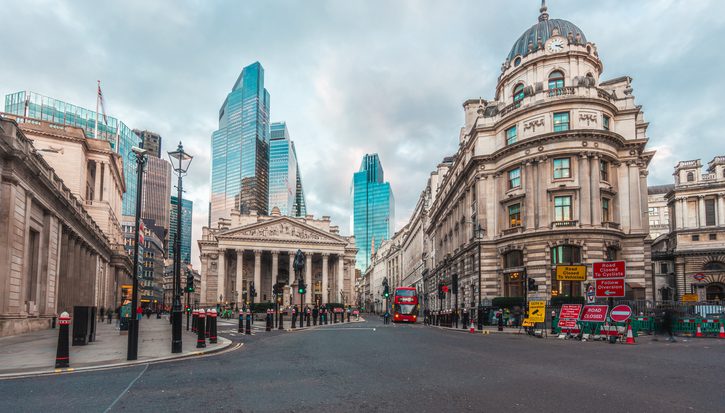80% Challenge: Delivering a low-carbon UK
Article
In this work, ippr, WWF and the Royal Society for the Protection of Birds (RSPB) set out to investigate whether a target of 80% can be achieved in the UK by domestic efforts alone and what the costs of doing so would be. We employed two approaches - the MARKAL-MACRO model, used by the government for the 2007 Energy White Paper, and a model developed by Professor Dennis Anderson at Imperial College, employed for the Stern Review on the economics of climate change.
We followed the same assumptions and approaches used by government, but added some constraints that we consider environmentally essential. Unlike the government, we included emissions from international aviation, with a multiplier to allow for non-carbon dioxide effects, in our targets and models. This clearly made our approach much more challenging - however, we believe it is indefensible to exclude this large and rapidly growing source of emissions from UK targets.We examined the implications of excluding new nuclear electricity generation and placed limits both on the use of biofuels and wind.
The key conclusion is that it is feasible to reduce the UK's emissions by 80% by 2050, and at costs that are not prohibitive.
This report was published simultaneously with 2050 Vision: How can the UK play its part in avoiding dangerous climate change?.
Related items

Rule of the market: How to lower UK borrowing costs
The UK is paying a premium on its borrowing costs that ‘economic fundamentals’, such as the sustainability of its public finances, cannot fully explain.
Restoring security: Understanding the effects of removing the two-child limit across the UK
The government’s decision to lift the two-child limit marks one of the most significant changes to the social security system in a decade.
Building a healthier, wealthier Britain: Launching the IPPR Centre for Health and Prosperity
Following the success of our Commission on Health and Prosperity, IPPR is excited to launch the Centre for Health and Prosperity.